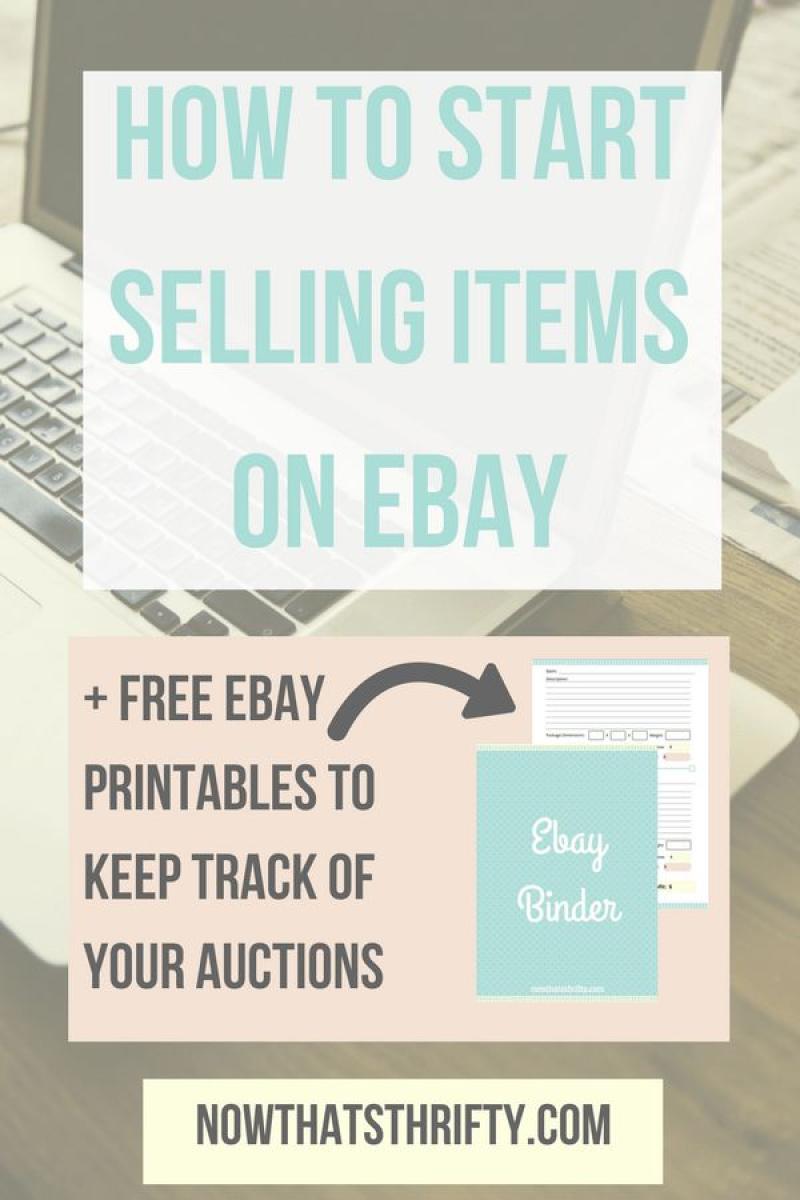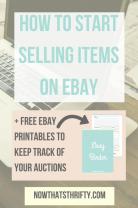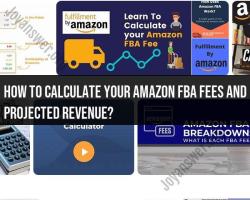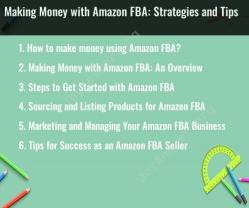How do you get started selling on eBay?
Getting started selling on eBay involves several steps. Here's a beginner's guide to help you get started:
Create an eBay Account:
- If you don't already have an eBay account, visit the eBay website and sign up for a new account. Provide the required information and follow the registration process.
Verify Your Identity:
- eBay may require identity verification for security purposes. This may involve confirming your identity through a text message or other means.
Set Up a PayPal Account:
- PayPal is a common payment method on eBay. Create a PayPal account or link your existing PayPal account to your eBay account for receiving payments.
Research and Choose What to Sell:
- Before listing items, research popular products on eBay. Consider what you have to sell and whether there is demand for those items. Check eBay's completed listings to see how similar items have performed.
Take Clear Photos:
- Good-quality photos are essential for attracting buyers. Take clear pictures of your items from different angles, highlighting any important features or flaws.
Write Detailed Descriptions:
- Create accurate and detailed item descriptions. Include relevant information such as the item's condition, size, color, and any other important details.
Set a Competitive Price:
- Price your items competitively. Consider factors such as the item's condition, market demand, and the prices of similar items on eBay.
Create Your Listing:
- Use eBay's listing tool to create your listing. Include the title, description, price, shipping details, and any other relevant information. Choose whether to auction your item or set a fixed price.
Choose Shipping Options:
- Decide on your shipping options. You can offer various shipping methods, and it's important to specify the shipping cost and estimated delivery time.
Monitor Your Listings:
- Keep an eye on your listings. Answer questions from potential buyers promptly, and consider adjusting your listings based on market trends and buyer inquiries.
Manage Sales and Payments:
- When your item sells, manage the transaction through eBay. Communicate with the buyer, package the item securely, and ship it promptly. Confirm receipt of payment through PayPal.
Handle Feedback and Reviews:
- Encourage buyers to leave feedback and reviews. Maintain good communication and provide excellent customer service to build a positive reputation as a seller.
Remember to familiarize yourself with eBay's policies and guidelines to ensure a smooth selling experience. Additionally, continuously refine your approach based on your experiences and buyer interactions.
How do you initiate the selling process on eBay?
Initiating the selling process on eBay involves several steps, but it's actually quite straightforward! Here's a breakdown:
1. Set up your seller account:
- Register: If you haven't already, create an eBay account or log in to your existing one.
- Choose your account type: Select "Individual" for personal selling or "Business" if you plan to sell professionally.
- Pay verification fees: Verify your identity and payment information to comply with eBay regulations.
2. Create your listing:
- Select "Sell" from any eBay page: This takes you to the listing creation area.
- Choose your listing format: Auction or Buy It Now are the main options, with variations like Fixed Price with Best Offer also available.
- Fill in listing details: Enter the item name, description, condition, category, and starting price or Buy It Now price.
- Add photos and video (optional): High-quality pictures are crucial for attracting buyers. Consider adding a video for complex items.
- Set shipping options: Specify shipping cost, methods, and handling time.
- Review and publish: Check all information for accuracy, then publish your listing to make it visible on eBay.
3. Promote your listing (optional):
- eBay Promoted Listings: Pay for ad placement to increase visibility.
- Social media sharing: Share your listing on your social media channels.
- Cross-platform promotion: Advertise your item on other online marketplaces.
4. Manage your listing:
- Respond to questions and inquiries: Promptly answer potential buyers' messages.
- Monitor bidding activity (auction format): Track bids and consider adjusting your reserve price if needed.
- Ship the item promptly: Pack the item securely and ship it within the stated handling time.
- Leave positive feedback for buyers: Once the transaction is complete, leave positive feedback for your buyer.
Additional tips:
- Research comparable listings: Check similar items on eBay to set a competitive price.
- Write clear and accurate descriptions: Be honest about the item's condition and highlight its benefits.
- Choose appropriate shipping methods: Balance affordability with speed and buyer expectations.
- Offer excellent customer service: Respond promptly and professionally to inquiries and resolve any issues quickly.
Remember, starting on eBay might seem daunting initially, but with these steps and a little patience, you can successfully initiate your selling journey and potentially reap the rewards!
I hope this helps! If you have any specific questions about any of these steps, feel free to ask.












